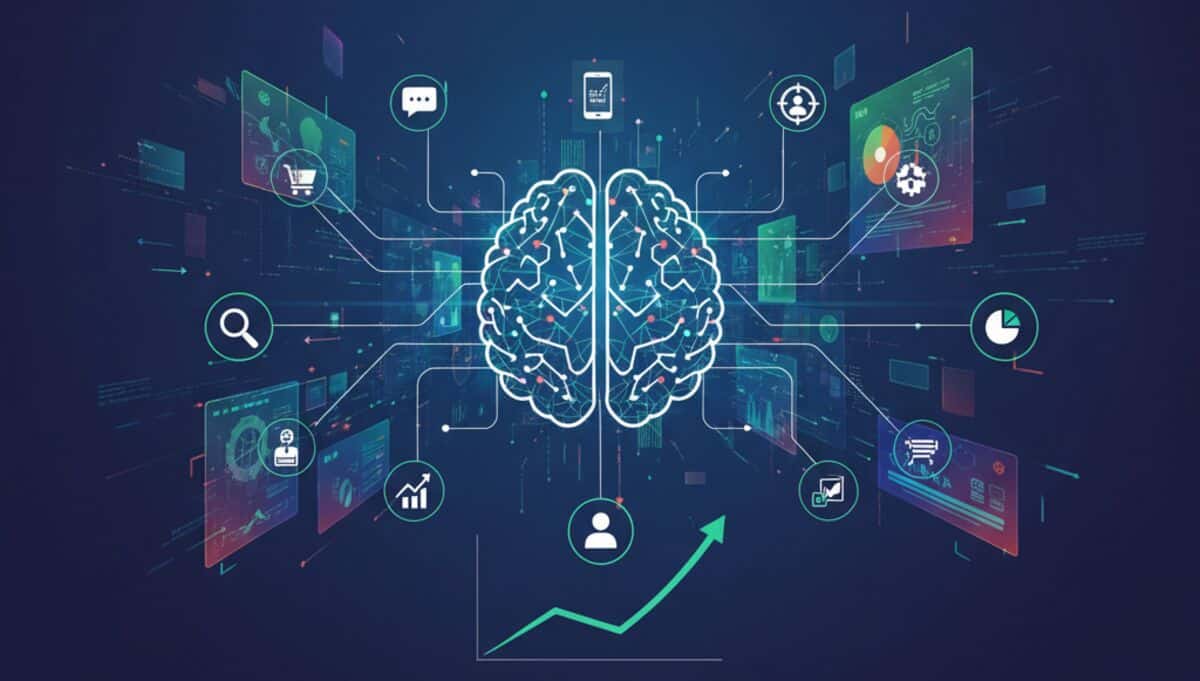The world of advertising has changed. For a long time, the prevailing strategy was simple: it involved grabbing attention, shouting the loudest, and hoping for eventual consumer recall. That’s the Attention Economy in a nutshell. But those rules are fraying. We’ve moved into something quieter and, if you ask me, far more effective: the Intent Economy — where advertising is less about interruption and more about reading subtle signals and answering when a consumer actually wants to hear from you.
Behavioral Marketing as the Engine
Behavioral marketing is the engine behind this shift. It blends data with behavioral economics to move beyond crude demographics like “women aged 25–35.” Instead, it targets demonstrated actions — the things people do that reveal what they’re likely to do next. A user who abandons a cart with running shoes and then searches for gyms? That’s intent. That’s the signal marketers now chase.
This is a fundamental pivot. It’s a switch from asking who someone is to asking what they’re about to do. And that switch changes everything: creatives, timing, channel mix, even product presentation.
The Psychology of Purchase
People aren’t robots. Decisions are messy, emotional, and biased. Behavioral marketing leans into that mess. Two simple ideas explain a lot: Loss Aversion and Social Proof.
Loss Aversion says people dislike losing more than they enjoy gaining. So urgency framed as a potential loss often beats a bland discount. Think of countdown timers or “limited stock” tags. Suddenly hesitation costs something — an opportunity missed — and people act.
Social Proof builds on our tendency to mimic each other. Ratings, badges, “X people are viewing this now” — these cues compress doubt and nudge action. We look to other people when we’re uncertain. Clever brands use that to reduce friction and accelerate decisions.
Signals Over Static Segments
Every move online is a signal: searches, page views, hover time, the shows you pause or the product you linger on. Taken together, these create a stream of intent data. Algorithms stitch those signals into a picture of what a user wants in the near term.
That’s where hyper-personalization comes from. When done right, it doesn’t feel like being sold to. It feels like being helped. Recommendations that fit your taste, notifications that arrive at the right moment, or content that answers your exact question — those are not accidents. They’re the result of reading intent and responding with precision.
Yes, it’s invasive if misused. But when the goal is to reduce friction and genuinely help, the result is often better experiences and higher conversion.
Designing for Behavior
Behavioral marketing isn’t just about the message. It’s about the entire choice architecture. How you present prices, the order of options, even the presence of a high-priced “anchor” can tilt perception and guide choices.
Anchoring works in surprising ways. Introduce a very expensive option and suddenly the mid-tier plan looks like a steal. People don’t evaluate prices in a vacuum; they compare. Marketers who design for that comparison can lift conversions dramatically. It’s a nudge, not a shove.
And this is crucial: advertising becomes part of the product experience. It’s embedded, subtle, and continuous. Rather than interrupting a journey, it smooths the path.
What This Means for Brands
Brands that master behavioral marketing don’t just win attention; they capture intention. They predict needs, facilitate decisions, and often close the sale before the consumer even feels sold to. That’s powerful. It yields better efficiency and, frankly, results in better customer experiences when handled thoughtfully.
But there’s an ethical line here. The same techniques that ease decisions can be used to manipulate. The most resilient brands will be those that pair precision with respect: transparent use of data, honest messaging, and offers that truly add value.
Final Thoughts
We moved from loudness to listening. From mass interruption to precise assistance. The Intent Economy rewards patience, data fluency, and a deep understanding of human quirks. Behavioral marketing supplies the tactics; behavioral economics supplies the map. Together they redefine what advertising looks like today.
What tactics have you seen work — or fail — in this new landscape? Leave a comment and share your experience. Follow us on Facebook, X (Twitter), or LinkedIn to stay updated.
Google faces UK shake-up and search engine changes may be coming; learn more here.
Sources:
- www.decantdigital.com/social-proof-in-tourism-marketing/
- www.brainforge.ai/blog/how-netflix-uses-machine-learning-ml-to-create-perfect-recommendations
- www.maxitech.com/insight/ai-native-market-research



Unlock High-Converting Google Ads with Smarter AI Prompts
How Document Processing Is Quietly Transforming Finance, Healthcare, Legal & Logistics